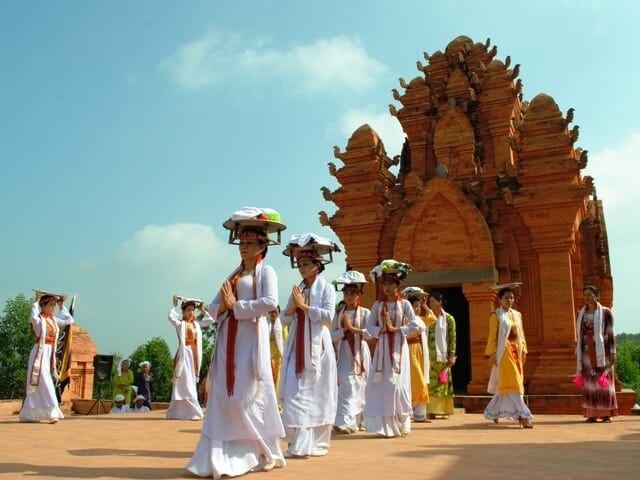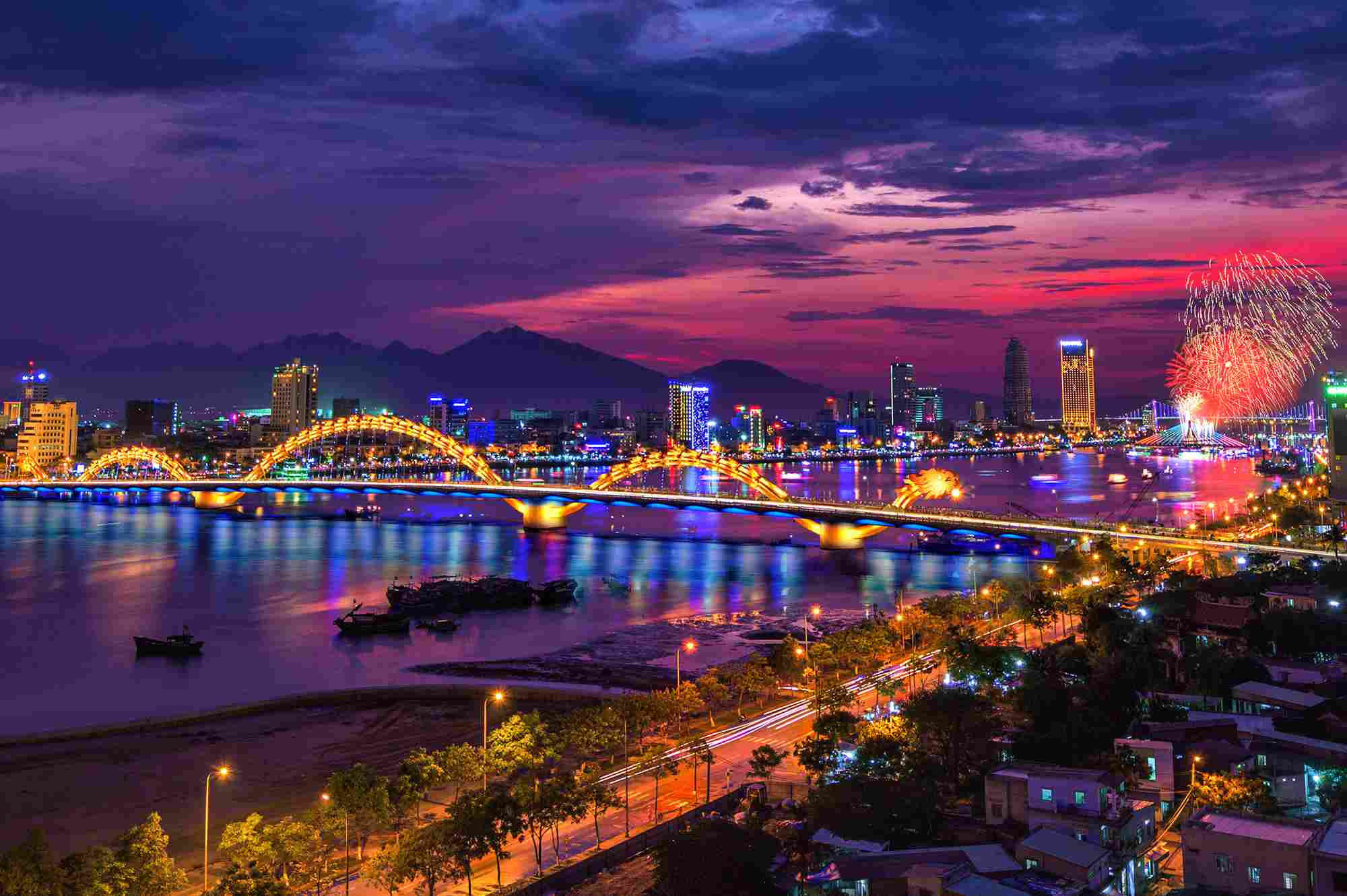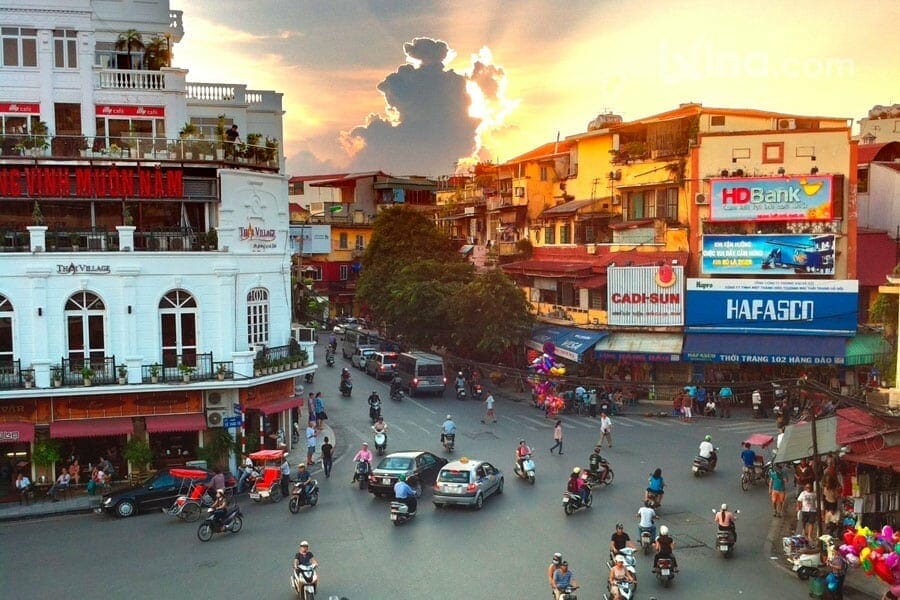G’Rai outfit the tombs of their idolized ones with individual assets so those who screw departed can live honourable as comfortably as the living.
Y’Chin looks puzzled when I ask her to counsel me to her family’s spot. It takes half an time of communicating before the 45 year old G’Rai woman agrees. The tomb is just 500 metres gone but she’s afeared to go there exclusive as she might be “attacked by ghosts.”
“A impose to the sober needs at small two home members,” she explains as we set off toward the sedate place, crosswalk finished freshly harvested maize fields where charred maize stalks are solace angry under the scorching sun.
The tomb is situated by a large tree which is said to be 100 years old-the branches hang down and cover the tomb adding to the spookiness. I feel my hairs standing on end. Y’Chin explains the tree is a shelter for the dead people’s souls who rest below. The branches also serve as a ladder so they can climb up to heaven. A throng of flies and bees buzz around the tomb while ants march up and down. The roof is made from sheets of corrugated iron and held up by wooden pillars. Underneath I can see 10 graves. Each one is surrounded by terra-cotta pots, tools, and, oddly, some television sets, bicycles, bronze gongs and other personal belongings. Y’Chin explains that the dead must be treated equally and have the same household and personal items as the living.
Appeasing the dead
Y’Chin lives in Y Rok commune, some 160 kilometres from Gia Lai province’s Pleiku city. The commune is home to about 200 households and each family keeps the age-old custom of giving assets to the dead. The commune has several cemeteries but some families build their own tombs in another place.
Y’Chin’s husband and his younger brothers are all buried in the tomb we are visiting. Her husband died nearly three years ago and his brother died six months ago. Since then, her family has been “feeding” them twice a day, regardless of the weather. This obligation only ends after three years.
“We feed them beef, pork, chicken, ruou (distilled from cassava) and vegetables,” says Y’Chin. “If we don’t, we will anger the dead.”
Her family makes a living growing cassava, which brings in about VND1.5 million per month. When her husband died, his bicycle, bed, cupboard and even an ox were all brought to his graveside.
“At that time, the family had only one television set, so we had to borrow cash from relatives to buy him another one,” she recalls.
Then his brother died and so another round of assets was needed.
“At present, we are in a lot of debt and don’t know how or when we can pay it off,” adds Y’Chin.
According to some locals, Y’Chin’s situation isn’t that bad. Other families have been saddled with debts from this custom for over a generation. It’s hard to climb out of debt when your main source of income comes from growing casava and rice.
The G’Rai people believe that the dead lead a life similar to that of the living and such assets could help them quickly adapt to the afterlife. Distributing assets also denotes the living’s respect and affection towards the dead. If they don’t receive any gifts, the dead will seek revenge and the living will suffer illness, misfortune or even death.
Grave situation
One old inhabitant in K Rok claims Y’Chin’s family tomb is rather “modern” as each grave is home to only one corpse. Only five years ago, the deceased would share a coffin, regardless of how long the original interred remains had been buried.
“This custom has been around for hundreds of years,” says Ya Chon, a 74 year old resident of K Rok.
When someone died the body would be placed in a large coffin so another body could be added at a later date. The coffin would be buried in a relatively shallow grave so it could be dug up easily. One coffin might accommodate up to four or five corpses.
“G’Rai people cherish one another when they are living, so why shouldn’t the ghosts? If we don’t bury them together, the ghosts will be sad and lonely,” says Ya Chon.
Last Rites
Y’Chin is saving up money for her husband’s final ceremony, which is called le bo ma (grave “leaving” ceremony). After three years, family members of the deceased bulldoze the old tomb and replace it with a new, grander wooden house with meticulous ornamentation. This ceremony is often held in spring.
Some G’Rai groups will gather at the cemetery with bottles of ruou, rice, salt, pork and fruit. They believe that the deceased will return to join the feast. They will sing, dance and enjoy the liquor and food. One of the main rituals in this ceremony is carving wooden statues, which are then placed in front of the tomb. The various statues often resemble humans or animals, especially birds, monkeys, pigs, buffalos and deer, which are believed to entertain the dead.
After the ceremony, most G’Rai people no longer have to take care of the grave, at least on a daily basis. Ya Chon says that the G’Rai people in his community will still care for the tomb once a year, just as Kinh people do.
“After this ceremony, my husband will be able to “live independently” with the other ghosts and the God of the West,” Y’Chin says.



